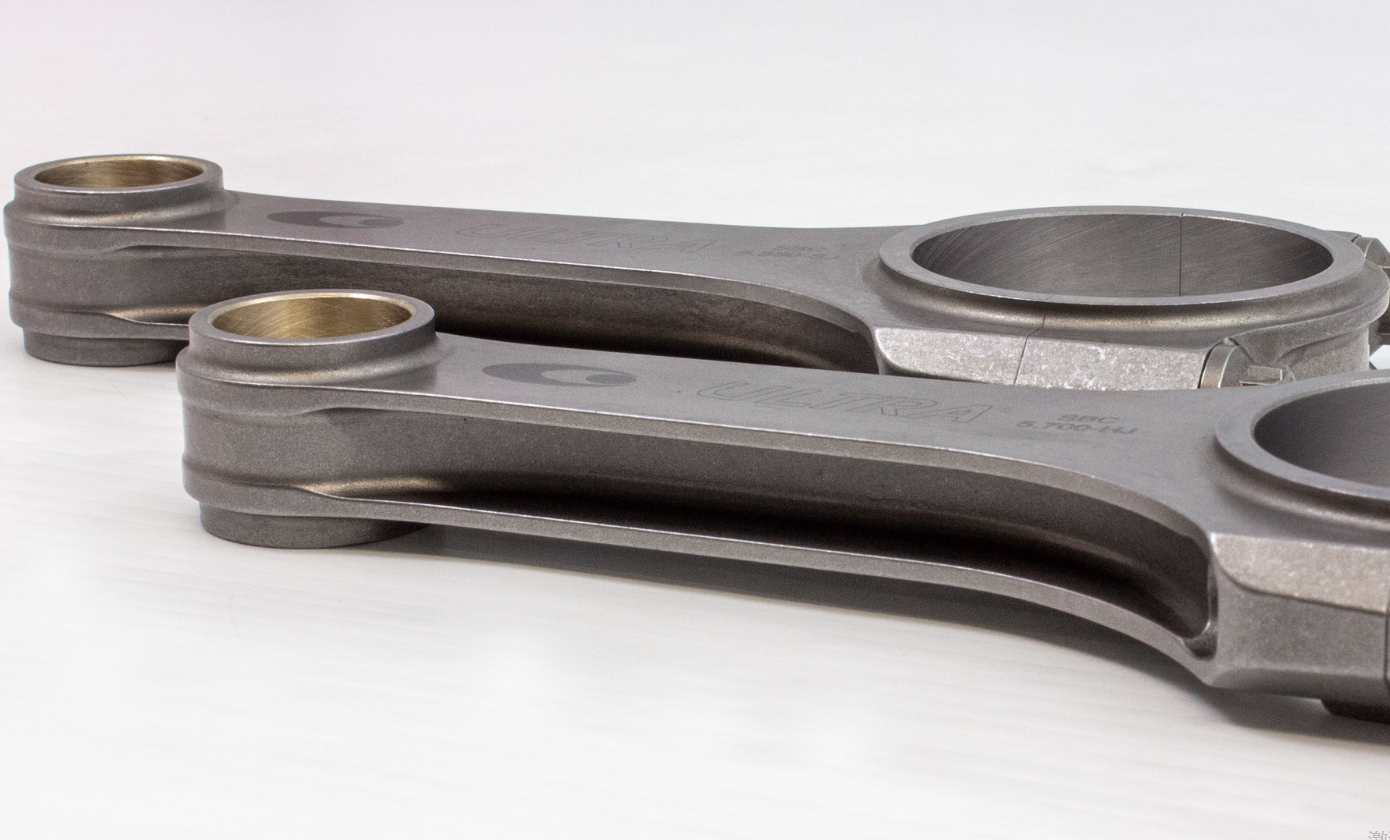The connecting rod in an engine is a critical component that transmits power from the piston to the crankshaft and converts the reciprocating motion of the piston into the rotary motion of the crankshaft. It’s designed to be robust, lightweight, and able to withstand the forces generated during the engine’s operation. This central role in engine functioning means that understanding its design, material selection, and operational principles is key to comprehending engine technology.

The Role and Operation of the Connecting Rod
The Fundamental Function
At its core, the connecting rod acts as a lever arm in the engine, facilitating the conversion of linear motion into rotary motion. This is achieved through the combination of the connecting rod and crank mechanism. The explosion of fuel in the combustion chamber pushes the piston down, which in turn exerts force on the connecting rod and causes the crankshaft to rotate. This rotation is ultimately responsible for propelling the vehicle.
The Operational Principle
As the piston moves within the cylinder, the connecting rod swings and rotates. This dual motion is due to the off-center attachment of the rod to the crankshaft, causing the rod to rotate around the crank pin. With every revolution of the crankshaft, the connecting rod executes a complex, synchronized movement with the piston and crankshaft, contributing to the overall efficiency and smoothness of the engine operation.
Design and Material of the Connecting Rod
Design Considerations
The design of a connecting rod is complex and entails careful consideration of various factors. This includes the length, the weight, the big and small end designs, and the I-beam or H-beam configuration, among other things. These factors significantly influence the rod’s performance and the overall engine efficiency.
Material Selection
The choice of material for a connecting rod is significant. Common materials include steel, aluminum, and titanium. Each material has its advantages and disadvantages in terms of weight, strength, cost, and performance under different operating conditions.
| Material | Advantages | Disadvantages |
|---|---|---|
| Steel | High strength, Durability | Heavier weight, Greater strain on other components |
| Aluminum | Lightweight, Economical | Less durable than steel, Not suitable for high-performance engines |
| Titanium | Lightweight, High strength | Expensive, Specialized equipment required for manufacturing |
Conclusion
In essence, the connecting rod is an indispensable part of an engine. It plays a vital role in translating the power of the engine into the motion that propels a vehicle. While it might seem like a simple component, its design and material selection are complex considerations, embodying a delicate balance between performance, durability, and cost. Understanding this humble engine component can shed light on the marvelous complexity of automotive engineering.